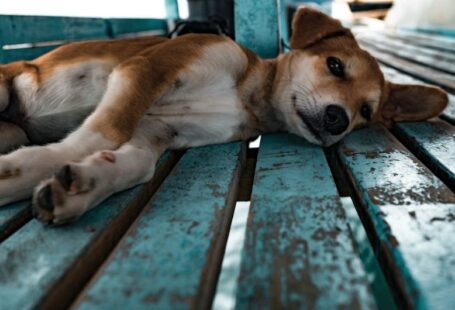Bringing a dog into your home can be an incredibly rewarding experience. These loyal companions quickly become a beloved part of the family, providing endless love and joy. However, owning a dog also comes with responsibilities, one of which is grooming. Proper grooming is essential to your dog’s health and well-being. If you are a beginner in the world of dog grooming, it can seem overwhelming at first. But fear not, this guide will provide you with the basics to get you started on the right track.
Understanding Your Dog’s Coat
Before diving into the grooming process, it’s important to understand your dog’s coat. Different breeds have different coat types, which require specific grooming techniques. Some dogs have short, low-maintenance coats, while others have long, thick fur that needs regular attention. Determine what type of coat your dog has and research the best grooming practices for that specific coat type.
Brushing
Regular brushing is a fundamental part of dog grooming. Not only does brushing help to remove dirt and debris from your dog’s coat, but it also helps to distribute natural oils, keeping the coat healthy and shiny. The frequency of brushing will depend on your dog’s coat type. Dogs with long hair may need daily brushing to prevent matting, while short-haired breeds may only need to be brushed once a week.
Bathing
Bathing your dog is another essential aspect of grooming. How often you should bathe your dog will depend on their lifestyle and coat type. Dogs that spend a lot of time outdoors or have a tendency to get dirty may need more frequent baths. Use a dog-specific shampoo and make sure to thoroughly rinse out all the suds to prevent skin irritation. Be cautious not to bathe your dog too frequently as it can strip their coat of natural oils, leading to dry skin.
Nail Trimming
Regular nail trimming is crucial for your dog’s comfort and health. Overgrown nails can be painful for your dog and may cause issues with mobility. If you can hear your dog’s nails clicking on the floor, it’s time for a trim. Use a pair of dog nail clippers and be cautious not to cut into the quick, which is a sensitive blood vessel inside the nail. If you are unsure how to trim your dog’s nails, consider seeking guidance from a professional groomer.
Ear Care
Checking and cleaning your dog’s ears should be a part of your grooming routine. Dogs with floppy ears are more prone to ear infections as their ear canals are less ventilated. Use a damp cloth or a dog-specific ear cleaning solution to gently wipe away dirt and wax from the outer part of the ear. Avoid sticking anything into the ear canal as it can cause damage.
Professional Grooming
While regular at-home grooming is essential, there are times when a professional groomer may be necessary. Professional groomers have the expertise and tools to handle more intricate grooming tasks, such as breed-specific haircuts or dematting severely tangled fur. Additionally, some dogs may have grooming needs that are best addressed by a professional, such as dogs with heavy shedding coats or specific skin conditions.
Maintaining a Positive Grooming Experience
Grooming can be a stressful experience for some dogs, especially if they are not used to it. To ensure a positive grooming experience, introduce grooming to your dog gradually and use positive reinforcement techniques such as treats and praise. Make grooming sessions a bonding experience for you and your dog, helping to strengthen your relationship and build trust.
Incorporating these basic grooming practices into your routine will help keep your dog healthy, happy, and looking their best. Remember, grooming is not just about aesthetics; it’s about overall well-being. Take the time to care for your dog’s grooming needs, and you will be rewarded with a happy and healthy companion for years to come.





